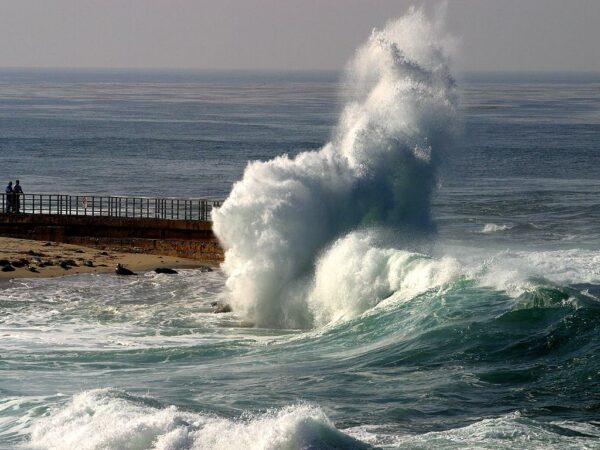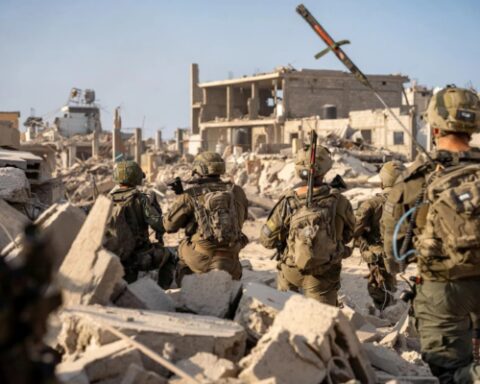A powerful undersea earthquake off Russia’s Kamchatka Peninsula reportedly jolted the Pacific early Wednesday, setting off tsunami warnings from Hawaii to California.
But while panic initially spread across island communities and coastal towns, the United States was reportedly spared serious harm — a fortunate outcome that underscored the importance of preparedness and calm leadership in the face of natural disasters.
The quake, measured at a staggering 8.8 magnitude by the U.S. Geological Survey, ranks among the most powerful ever recorded. Russian officials confirmed it was the strongest in the Kamchatka region since 1952.
The quake struck near the far eastern edge of Russia, prompting warnings throughout the Pacific Rim.
Hawaii and California were placed under tsunami alerts, triggering mass evacuations in low-lying areas.
In Hawaii, Gov. Josh Green acknowledged the initial concern but reassured residents: “Everything has been OK so far. We haven’t seen a big wave.”
Waves in the islands peaked around 5.7 feet above normal sea level before the tsunami warning was downgraded and evacuation orders lifted.
In California, the impact was similarly contained. A 3.5-foot surge hit the northern coast near the Oregon border, while areas like Monterey Bay saw one- to two-foot tidal swings.
Though evacuation orders were issued in some coastal zones, the National Weather Service soon scaled back its warnings to advisories as the threat diminished.
Authorities moved quickly to prevent chaos. On Oahu, heavy traffic clogged roads as residents sought higher ground, prompting the U.S. military to open up restricted Army roads to expedite the evacuation.
Flights to Hawaii were delayed or rerouted, and travelers braced for longer disruptions.
Despite the panic, the response from the local population and emergency personnel was efficient and orderly.
Steve Wong, a 60-year-old driver for a senior care facility near the coast, described helping move dozens of elderly residents — wheelchairs, walkers, and pets included — to higher ground. “People were getting irate,” he admitted, as gas stations filled and supply runs intensified. But thanks to quick thinking and local experience — Wong has seen five tsunami warnings in his lifetime — the situation remained under control.
In Russia, early reports from Kamchatka’s health minister, Oleg Melnikov, indicated only minor injuries as residents fled their homes. State media showed flooding in a seafood processing plant in Severo-Kurilsk, though critical energy infrastructure remained intact. Inspection of residential buildings was expected to begin Thursday.
Japan, which has learned the hard way not to underestimate the ocean’s fury — with the 2011 tsunami still a haunting memory — issued evacuation orders for up to two million people.
Fortunately, the waves that reached Japan’s shores were minimal, mostly under a foot high, though residents were urged to remain in designated safe zones until further notice.
While critics may be quick to stir panic or politicize emergency preparedness, the calm and measured response from local authorities and the American people stood in stark contrast to such reflexive fearmongering.
Once again, the resilience and pragmatism of ordinary citizens — from caregivers to first responders — proved more powerful than any wave.








